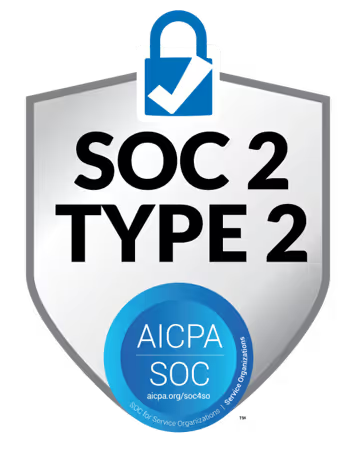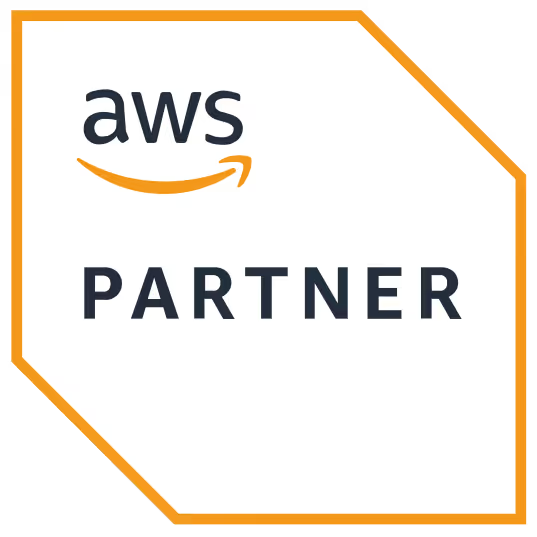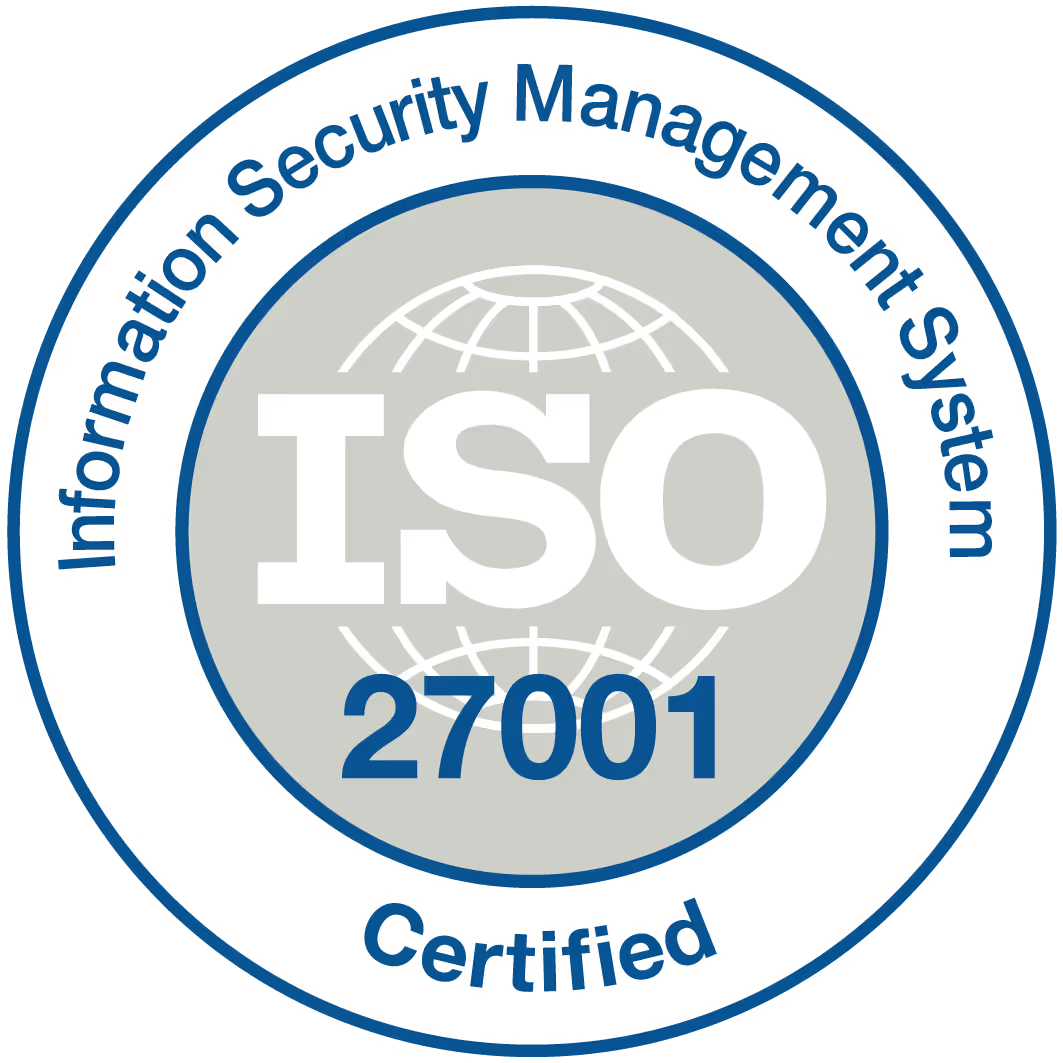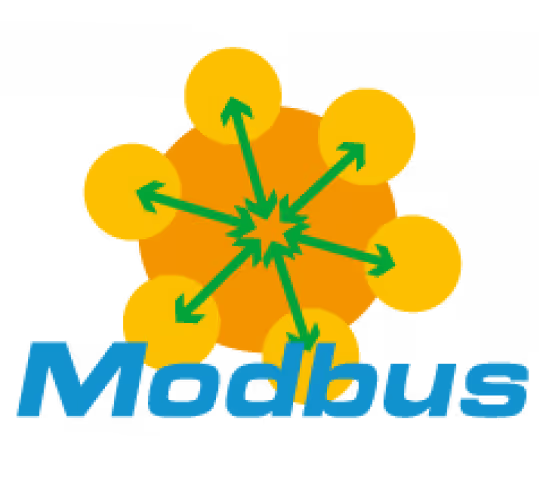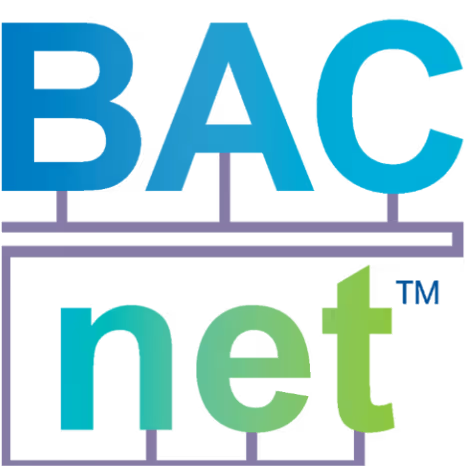Lean Six Sigma for facility management: Definition, principles, and sustainability benefits
Key Takeaways
- Lean Six Sigma integrates Lean Manufacturing and Six Sigma to get rid of waste, reduce process variation, and enhance quality for increased customer delight.
- Structured frameworks such as DMAIC, and data-driven analysis are key for pinpointing root causes, deploying solutions and maintaining process excellence.
- By combining Lean’s drive for efficiency and Six Sigma’s emphasis on quality, we can achieve deep, enduring optimization in just about any industry or operational problem.
- Employee engagement, leadership support, and ongoing training – all contribute to cultivating a culture of continuous process improvement and innovation.
- Lean Six Sigma solutions generate large resource, energy and sustainable business including smart building management.
- Operational excellence is a journey, not a destination — you have to keep measuring, analyzing, and adapting with your customer value and organizational goals.
Lean Six Sigma is a methodology that blends Lean manufacturing principles and Six Sigma tools to streamline processes, eliminate waste and improve quality. Born in manufacturing, Lean Six Sigma now powers efficiency in SaaS, software development, and facility management.
The method employs data-based analysis and systematic problem solving to reduce defects and variation. Teams leverage DMAIC to dissect challenging issues and provide quantifiable enhancements.
For technical leaders, Lean Six Sigma provides a battle-tested framework to align process optimization with business objectives, simplify development processes, and boost ROI.
The next few chapters dive into how Lean Six Sigma applies to developer teams and SaaS organizations — with real-world examples and concrete actions.
What is Lean Six Sigma?
Lean Six Sigma is a combination of Lean Manufacturing and Six Sigma. It’s aimed at assisting companies increase efficiency and quality. Lean Six Sigma targets two main objectives: eliminating waste and reducing process variation.
By merging the power of Lean’s waste elimination and Six Sigma’s obsession with consistency, it helps teams provide more customer value through more efficient operations. Borrowing from Toyota’s Lean and Motorola’s Six Sigma, this combined profile rose to prominence in the late 1990s, providing a ready-made toolkit for problem-solving and process improvement.
The methodology is broadly applicable — from manufacturing and healthcare to SaaS and IT — lending it particular resonance for globally dispersed, tech-enabled teams.
1. The Lean Pillar
Lean’s principles are all about value for the customer, flow, and waste elimination. Value is defined exclusively from the customer’s point of view, ensuring that every step in a process provides something the end-user desires. This aligns perfectly with the lean six sigma process improvement journey, emphasizing the importance of systematic approaches to enhance overall performance.
Natural, of course, is a lean approach to this problem. Tools such as value stream mapping, 5S, and kanban boards are commonplace for highlighting non-value activities that need eradication. For API-first SaaS teams, this could translate to automating manual deployment steps or leveraging open-source CI/CD tools to minimize cycle times, showcasing the effectiveness of the lean six sigma methodology in various contexts.
Lean’s efficiency in action converts directly into more productive work, less marathons, and shorter lead times. It’s not just for factories – it flourishes in software delivery pipelines, customer support flows, and cloud infrastructure. Lean creates a culture where ongoing improvement is standard practice, not an outlier, supporting a philosophy of experimentation and knowledge acquisition.
2. The Six Sigma Pillar
Six Sigma focuses on data-based decision making to reduce defects and process variation. Its DMAIC process — Define, Measure, Analyze, Improve, Control — leads teams through phases of problem-solving.
Statistics are key. Things like control charts, hypothesis testing and root cause analysis allow teams to output at a Six Sigma level of quality. Your aim is to get to a place where defects are practically non-existent — usually quantified as less than 3.4 defects per million chances.
Six Sigma certification proves a professional’s ability to provide this level of quality, frequently earning them more money and leadership roles.
3. The Synergy
When you combine Lean and Six Sigma, it multiplies the impact. Lean speeds things up and eliminates waste and Six Sigma makes sure each step is highly quality. Combined, they streamline processes and develop robust, scalable processes.
This synergy generates sustainable gains in operational and customer-facing metrics. For example, cloud service providers have leveraged Lean Six Sigma to reduce incident response times and churn. Healthcare institutions have utilized it to reduce mistakes and enhance patient outcomes.
4. The Human Element
Employee engagement is essential in the lean six sigma process improvement journey. Leadership support drives cultural change, while comprehensive lean six sigma training builds vital skills. Collaboration across teams is key to successful process improvements.
The Two Methodologies
Lean and Six Sigma are both proven process improvement methods, each with unique roots and advantages. Lean, based on Toyota’s production system, aims for efficiency in getting rid of waste. Six Sigma, pioneered by Motorola, relies on statistics but strives to reduce process variation and defects.
Both center around customer value—Lean by optimizing flow, Six Sigma by minimizing variation in the output. Most organizations are best served by combining these methodologies, harnessing their complementary strengths for scalable, real-world impact.
Lean's Focus
Lean emphasizes value by removing wasteful activities from processes. In other words, this translates into mapping out all processes, finding redundancies or bottlenecks, and eliminating activities that don’t add value to the customer.
Developers, for instance, can utilize Kanban boards to better visualize work in progress and identify bottlenecks in CI/CD pipelines. Lean’s Kaizen process improvement cycle optimizes workflow, cutting production lead times.
Shorter lead times can mean quicker software releases, less bottlenecks, and better sprints velocity for engineering teams. Customer feedback is core — we retain only things customers find valuable.
What lean teams frequently miss is that they regularly input, often through surveys or user analytics to make sure their improvements actually correspond to the needs of end users. To apply Lean is to waste less resources, cause fewer delays, and to be more efficient.
For SaaS, this might mean automating common deployments or relying on open-source components to reduce license fees while still enabling scalability.
Six Sigma's Focus
Six Sigma seeks to minimize process variation, so products satisfy demanding quality criteria. Employing techniques such as DMAIC (Define, Measure, Analyze, Improve, Control), groups root out causes of defects. Stats is centre stage.
Teams use control charts, regression analysis and hypothesis testing to root cause. For instance, a DevOps team may monitor deployment failures over time to identify flaky dependencies. Customer needs motivate each innovation.
Six Sigma projects start by converting customer desires into quantifiable requirements, establishing objective criteria for achievement. Six Sigma creates a culture of accountability and data-based decision-making.
Teams log metrics, retrospective, and iterate, eventually leading to gains that accumulate into big improvements.
Why Combine Them?
Power of Lean + Six Sigma The synergy of Lean and Six Sigma tackles both efficiency and consistency. By mixing Lean’s waste slashing with Six Sigma’s precision, organizations obtain a powerful hybrid toolkit for conquering modern operational challenges.
Lean Six Sigma has revolutionized everything from healthcare to finance. In manufacturing, for example, Toyota slashed lead times by 50%. In SaaS, teams have eliminated post-release defects by automating tests and using statistical monitoring.
This integration is complete. It encourages nimble thinking, enables squads to fix core issues, and provides tangible return on investment. Lean Six Sigma companies consistently experience superior customer satisfaction, reduced costs, and improved team morale.
Core Guiding Principles
Lean Six Sigma is built on a bedrock of principles that aim to optimize value, eradicate waste, and propel quantifiable enhancement. Organizations harnessing these principles enjoy closer process and customer alignment, more rigorous data discipline, and a culture that won’t accept ‘good enough.’
These tenets transcend manufacturing, influencing how contemporary SaaS, API-first, and open source-powered companies develop, grow, and optimize their solutions.
Customer Value
- Track direct customer feedback via surveys, nps scoring and post-implementation reviews
- Track product/service delivery against SLA and uptime metrics
- Keep an eye on churn and support ticket trends for pain points
- Benchmark satisfaction using CSAT and feature adoption analytics
Customer obsession is more than listening – it’s about co-creating with customers and imbuing every improvement with customer-defined value. In deeply technical contexts, this translates to correlating feature requests and incident trends to backlog priorities, allowing dev resources to focus where it counts.
Producing quality — be it a bug-free release or zero-downtime deployment — is an immediate contributor to delight and retention. Usage and reviews are the real north star for customer value. Teams that perpetually close the loop between user experience and engineering decisions experience greater retention and product-led growth.
Waste Elimination
Waste takes many forms: redundant approval chains, unused features, idle compute resources, excessive handoffs, or even bloated code. Each injects friction—slowing delivery, making it costlier, and diffusing focus.
It’s imperative that you identify these inefficiencies. Value Stream Mapping, “5 Whys,” and root cause analysis are core Lean tools that expose waste in code pipelines, deployment, or support workflows. Exclusion begins with automation and simplification.
CI/CD, API gateways, and infrastructure-as-code eliminate manual work, automating at scale. The result is more enduring, resource-optimized delivery—reducing cloud costs and carbon footprints and increasing velocity.
Process Flow
- Capture as-is with swimlane diagrams or process mapping tools
- Identify bottlenecks using throughput metrics or queue length analysis
- Prioritize improvements based on cycle time and error frequency
- Validate changes with before-and-after process benchmarks
Processes must be mapped for visibility. Bottlenecks, be it code review, QA staging or customer onboarding, are surfaced with Lean principles. Not only do streamlined workflows speed delivery, but they are a foundation for scalability and reliability.
Better process flow gets you dramatically faster time-to-value and better organizational agility, every single time.
Data-Driven Decisions
Depending on data is an absolute for lean six sigma. Statistical tools such as control charts, regression analysis, and hypothesis testing help teams identify root causes, not just symptoms.
Data-driven insight shapes sprints, refactors priorities and platform decisions—minimizing risk and maximizing ROI. The key is defining clear performance metrics (defect rates, lead time, uptime) so progress is tracked objectively, not by gut feel.
This drives a culture where choices are data-driven, replicable, and justifiable to technical and commercial audiences alike.
Continuous Improvement
Constant refinement is the pulse of Lean Six Sigma—an iterative cycle of learning. The DMAIC framework structures this: define the problem, measure current state, analyze causes, improve processes, and control new standards.
This discipline fosters creativity and fast iteration, both key for SaaS teams operating in an ever-evolving landscape. Staff participation powers enhancement.
Letting teams discover failure modes, solution them and test new approaches creates ownership and momentum. Regular retrospectives and metric reviews make these changes sustainable over the long haul.
The DMAIC Framework
DMAIC—Define, Measure, Analyze, Improve, Control—is the meat and potatoes of Lean Six Sigma, for teams looking to stamp out defects and streamline processes through time-tested, data-driven problem-solving. This method is project-driven, not abstract. It’s ideal for efforts with a well-defined scope and quantifiable goals.
Employed across industries from finance to manufacturing to healthcare, DMAIC’s hands-on, repeatable framework produces quantifiable returns on investment, even in convoluted, resource-scarce contexts. Its iterative nature fuels continuous rounds of iteration, making it a darling for organizations embracing open-source, API-first, and automation-friendly solutions that require security and scalability at their core.
Define
What does success look like? The Define phase clears this up by defining project goals and boundaries. Teams define the problem statement, deliverables, and scope. This step is key—without solid definition, projects meander, KPIs muddy, teams go astray.
Bringing stakeholders in early means you’re all aligned on expectations and you’re doing less rework. Tools such as SIPOC, stakeholder mapping, and project charters assist teams in recording goals and gaining buy-in. For instance, in hospital medication management, a well-defined charter keeps scope creep at bay and grounds the project to tangible results.
Meaningful, well-defined projects provide technical teams with a secure platform to launch from, diminishing uncertainty and expediting output.
Measure
The Measure phase is all about collecting sound, usable data. Teams choose KPIs to measure baseline performance and improvements going forward. This step often entails automating data collection with APIs or open-source analytics tools, where you must weigh the need for precision against developer ease.
You have to measure it right — garbage in, garbage out. In practice, this might translate to recording error rates in a CI/CD pipeline or timing API response latency. Data collected here establishes baselines, process gaps, and guides the granularity of analysis in the later stages.
Analyze
Analysis seeks to identify causal factors of the defined issues. Tools vary from regression analysis and Pareto charts to process mapping and fishbone diagrams. Statistical rigor is key: without it, teams risk treating symptoms instead of causes.
Process mapping, for example, visualizes each step of the workflow—exposing bottlenecks or handoff delays. In healthcare, for example, mapping out a diagnostic workflow can reveal inefficiencies in the routing or reporting of patient data.
A rigorous, data-driven understanding lets teams concentrate scarce assets on changes with big effects.
Improve
The Improve phase applies focused modifications. Brainstorming produces alternatives and rigorous feedback—such as A/B tests or pilot runs—confirms which solutions provide genuine improvement. Teams tend to harness automation scripts or OSS frameworks to accelerate deployment.
Pilot testing matters before full rollout. It identifies unanticipated results, enabling teams to iterate prior to scaling. Clear communication, open documentation, and on-the-floor training make sure operational teams embrace enhancements properly.
Control
Control maintains the gains through a systematic approach to performance tracking and setting standards, including standard operating procedures (SOPs) that capture gains. Automation, whether through dashboards or alerting scripts, plays a key role in the lean six sigma process improvement journey by catching deviations early and encouraging stability.
This accountability culture fosters continuous improvement efforts. Developers write protocols and hold audits while cultivating a culture of ongoing feedback. This discipline, rooted in lean six sigma methodology, prevents gains from decaying and enforces additional creativity.
Lean Six Sigma for Sustainability
Lean Six Sigma’s data-driven methodology fits sustainability objectives by minimizing process variation, waste and embedding a culture of continuous improvement. Together, Lean’s emphasis on flow and Six Sigma’s focus on detail help organizations reduce resource consumption, minimize environmental footprint and methodically promote innovation.
DMAIC’s five-step (define, measure, analyze, improve, control) architecture can be applied directly to green efforts, helping you make measurable progress towards SDG 12 and SDG 13.
Energy Waste
Typical energy hogs are unoptimized HVAC systems, inefficient lighting, and idle servers in data centers. They frequently lurk in the open, particularly in legacy infrastructure or throughout distributed operations.
Lean Six Sigma attacks waste at its source through root cause analysis and continuous monitoring. For instance, sensor networks that automate lighting and cooling only when needed can trim energy use as much as 30%.
Automated scripts can spin down underutilized virtual machines, saving power and cloud costs. Monitoring energy usage with real-time dashboards allows technical teams to detect usage spikes and confirm the effect of modifications.
Energy efficiency isn’t only about savings, it cuts emissions, accelerating climate ambitions and financial performance.
Resource Optimization
Resource efficiency is at the core of scaling SaaS platforms. Overstocked inventory, aggressive compute allocation, and redundant APIs all suck up capital.
Using Lean Six Sigma, companies apply Kanban boards for visualizing resource consumption, automated inventory of data across cloud platforms, and right-sizing of cloud resources.
Simplifying resource allocation minimizes waste, boosts uptime, and enhances developer productivity. The long term payoff is lower costs and a more resilient, agile operation.
Sustainable Processes
Sustainable processes reduce waste and pollution at every point. Lean Six Sigma tools like value stream mapping and root cause analysis assist in redesigning workflows for minimal impact.
Continuous improvement cycles push incremental gains, supported by KPIs such as energy per deploy or waste per user story. Measuring effectiveness means measuring metrics—carbon footprint, water use, or defect rate—making it possible to benchmark and tune over time.
Smart Buildings
Smart buildings utilize IoT sensors and machine learning to optimize lighting, HVAC, and access control by occupancy and weather data. These Lean Six Sigma systems offer actionable analytics through open APIs.
Data-informed operations keep buildings efficient, flexible to usage and sustainable. Smart buildings reduce operating costs and carbon emissions.
The People Behind the Process
People are the fuel for Lean Six Sigma. Success isn’t about the data, the tools, or the frameworks—real change is about the people implementing improvements at every level. From the executive suite to frontline engineers, continuous improvement requires buy-in, training and collaboration.
Leadership, black belts and green belts are at the heart of every lasting Lean Six Sigma change.
Belt Levels
Belt levels set knowledge and authority in Lean Six Sigma. White Belts provide awareness—frequently enlisting in solution teams for local enhancements. Yellow Belts dig deeper, assisting data collection and helping root causes using tools like the 5 Whys.
Green Belts manage smaller projects, conduct statistical analysis, and work intimately with Black Belts who manage big process improvement projects and mentor others. Master Black Belts, the most senior, design the entire program, educate the instructors, and define company-wide norms.
Certification proves mastery—teams trust a certified Black Belt or Green Belt has undergone intensive training, passed exams and demonstrated their skills on real projects. Organizations scale this hierarchy by putting the right talent on each challenge, expanding projects from department-level fixes to enterprise-scale transformations.
Cultural Shift
For Lean Six Sigma to stick, you must transform your culture. It’s not simply new tools–organizations have to shift from reactive fire-fighting to proactive, evidence-based decision making. Leadership support is a mandatory condition — without clear top-level commitment, nothing gets anywhere.
Leaders that role model open communication, transparency and a willingness to invest in training build trust and buy-in at all levels. This drives a feedback loop — engaged employees provide input and drive transformation, as leadership celebrates successes and validates new behaviors.
Regular communication and evident endorsement allow Lean Six Sigma principles to become ingrained in day-to-day work.
Employee Engagement
Employee engagement powers project momentum and opens innovation. When teams are trusted to identify gaps and make suggestions, the motivation increases and the results do, too.
Tactics such as cross-functional workshops, open-source friendly platforms, and API-first improvement tools simplify participation and increase its rewards. Acknowledging contributions—via peer shout-outs, promotions, or public dashboards—maintains motivation.
Engaged employees will be more prone to surface problems early, adopt new practices, and sustain gains long-term.
Conclusion
Lean Six Sigma is the established approach for organizations seeking to generate quantifiable progress and eliminate waste. Marrying Lean’s waste elimination mindset with Six Sigma’s statistical rigor around process variation, teams can capture sustainable operational improvements. The DMAIC framework provides a defined path for addressing thorny issues, and foundational tenets like data-based decision-making and respect for people help nourish an environment of ongoing enhancement. With roles spanning champions, black belts, and green belts, Lean Six Sigma gives teams the ability to produce outcomes that meet business and sustainability objectives. For technical leaders, these practices can translate to more rapid cycles, reduced defects and higher value delivered across engineering and business operations.
Frequently Asked Questions
What is Lean Six Sigma?
Lean Six Sigma is a management philosophy that merges Lean and Six Sigma methodologies. It enables organizations to enhance quality, eliminate waste, and boost efficiency in their processes.
How do Lean and Six Sigma differ?
Lean six sigma process improvement focuses on eliminating waste and increasing velocity, while the six sigma methodology aims to eliminate variation and defects, creating a comprehensive system for continuous improvement.
What are the core principles of Lean Six Sigma?
The fundamental concepts of lean six sigma process improvement include customer focus, process optimization, waste elimination, data-driven decision making, and people empowerment.
What is the DMAIC framework?
DMAIC, which stands for Define, Measure, Analyze, Improve, Control, is a finite problem-solving process utilized in lean six sigma methodology to drive permanent improvements.
How does Lean Six Sigma support sustainability?
Lean Six Sigma is green, advocating sustainability through resource reduction and waste elimination, aligning with lean six sigma process improvement for better efficiency.
Who is involved in Lean Six Sigma projects?
Lean Six Sigma projects involve a diverse range of roles, from trained team members known as Belts to managers and process owners, emphasizing the collaborative approach essential for successful lean six sigma process improvement.
Is Lean Six Sigma suitable for all industries?
Right, lean six sigma process improvement is employed in many industries including manufacturing, healthcare, and finance to enhance quality and efficiency.

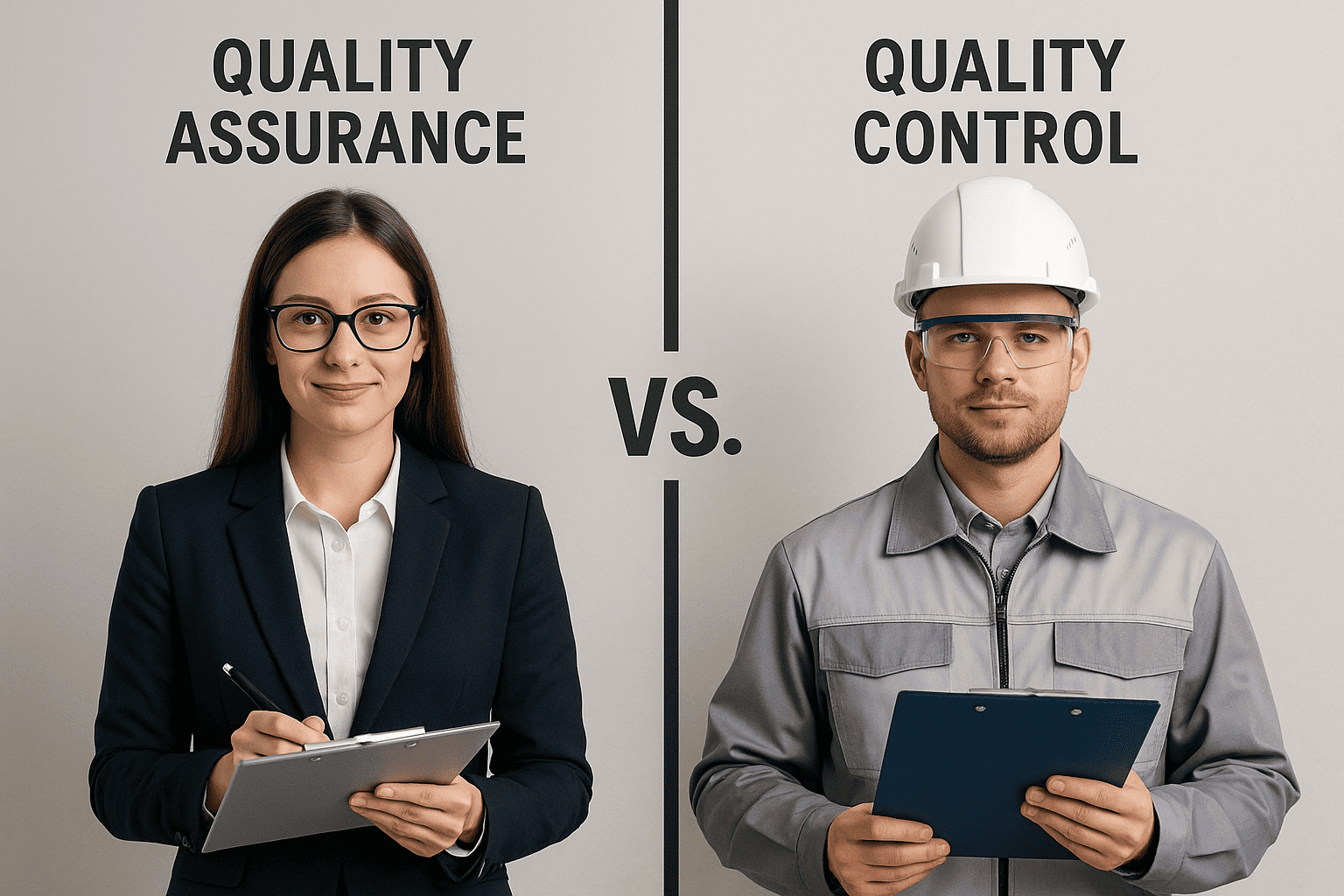
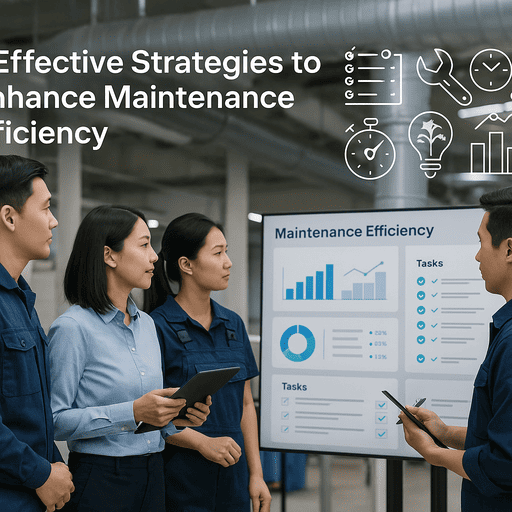
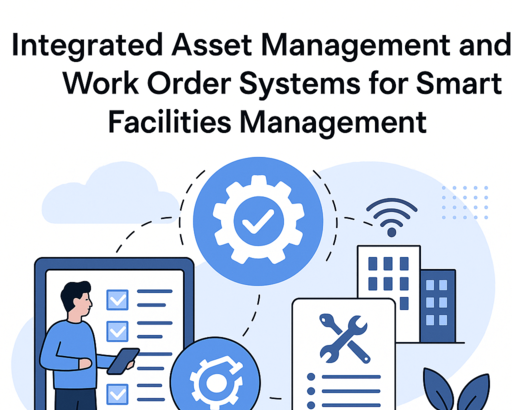




.png)



.png)




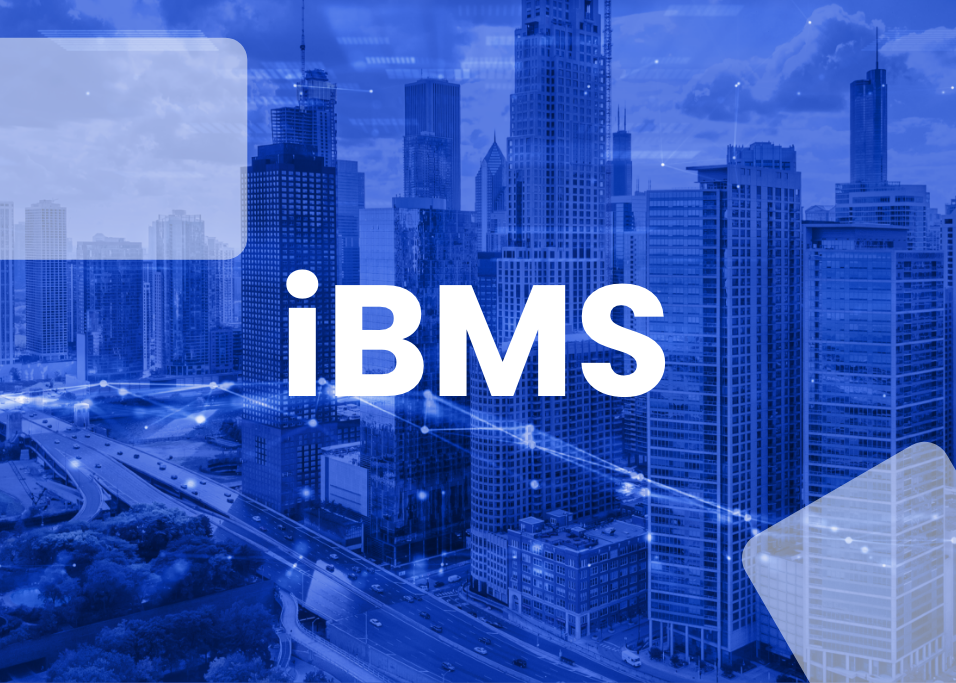












.jpg)













